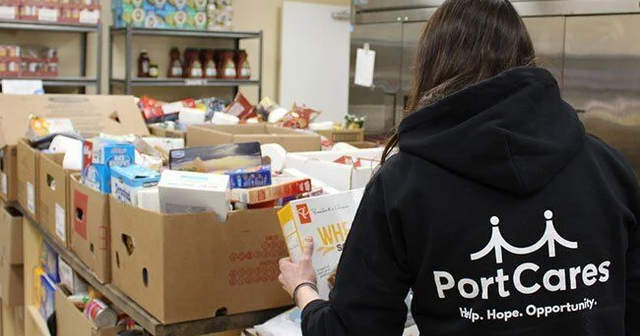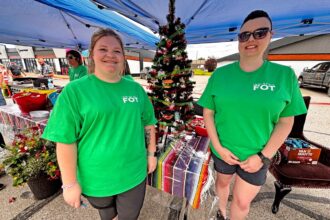In a bold initiative to address rising food insecurity across the Niagara region, Port Cares has unveiled its Canal Days 50/50 draw with potential winnings that could transform both the winner’s financial outlook and the lives of vulnerable community members. This year’s draw comes at a critical moment, as food bank usage has surged by an alarming 37% over the past twelve months, reflecting the harsh economic realities facing many Canadian households.
“What we’re witnessing isn’t simply a temporary spike—it’s a sustained crisis that demands immediate action,” explained Christine Clark Lafleur, Executive Director of Port Cares. “Every ticket purchased translates directly into nutritional support for families who might otherwise face impossible choices between paying rent and putting food on their tables.”
The digital draw, which runs through August 2nd, has revolutionized the traditional fundraising model by allowing participants to purchase tickets online through the organization’s portal at portcares.ca. Last year’s jackpot reached an impressive $35,000, with half supporting Port Cares’ essential community programs and half creating an instant windfall for the lucky winner.
Port Cares’ reach extends well beyond emergency food assistance. The organization serves approximately 2,000 individuals monthly through comprehensive support services that include employment counseling, housing assistance, and early childhood development programs. Their holistic approach addresses not just immediate hunger but the complex web of socioeconomic factors that contribute to food insecurity.
The timing of the draw aligns strategically with Port Colborne’s famous Canal Days Marine Heritage Festival, a celebration that typically draws thousands of visitors to the lakeside community. This partnership amplifies visibility for both the fundraiser and the underlying social issues it addresses.
“The beauty of this initiative lies in its dual impact,” noted Tom Keenan, Board Chair at Port Cares. “Participants experience the thrill of potential winnings while simultaneously making a tangible difference in their community. It transforms charitable giving from an obligation into an opportunity.”
Early ticket sales indicate robust community support, with packages ranging from 10 tickets for $10 to 200 tickets for $50, making participation accessible across various income levels. The winner will be announced promptly after the August 2nd deadline via the organization’s social media channels and website.
Financial analysts following charitable giving trends in Canada note that this model of fundraising has shown remarkable resilience even during economic downturns. “The 50/50 format creates a psychological advantage over traditional donation requests,” explains Dr. Miranda Cheng, economist at York University. “It acknowledges that donors themselves may be facing financial constraints while still empowering them to contribute.”
For residents across the Niagara region and beyond, the draw represents more than just a chance at prize money—it symbolizes community solidarity during challenging economic times. As inflation continues to impact household budgets nationwide, initiatives like this highlight the increasing importance of community-based solutions to food insecurity.
As we witness the growing gap between food costs and wage growth, how might innovative fundraising approaches like this reshape our collective response to hunger in Canadian communities?

























